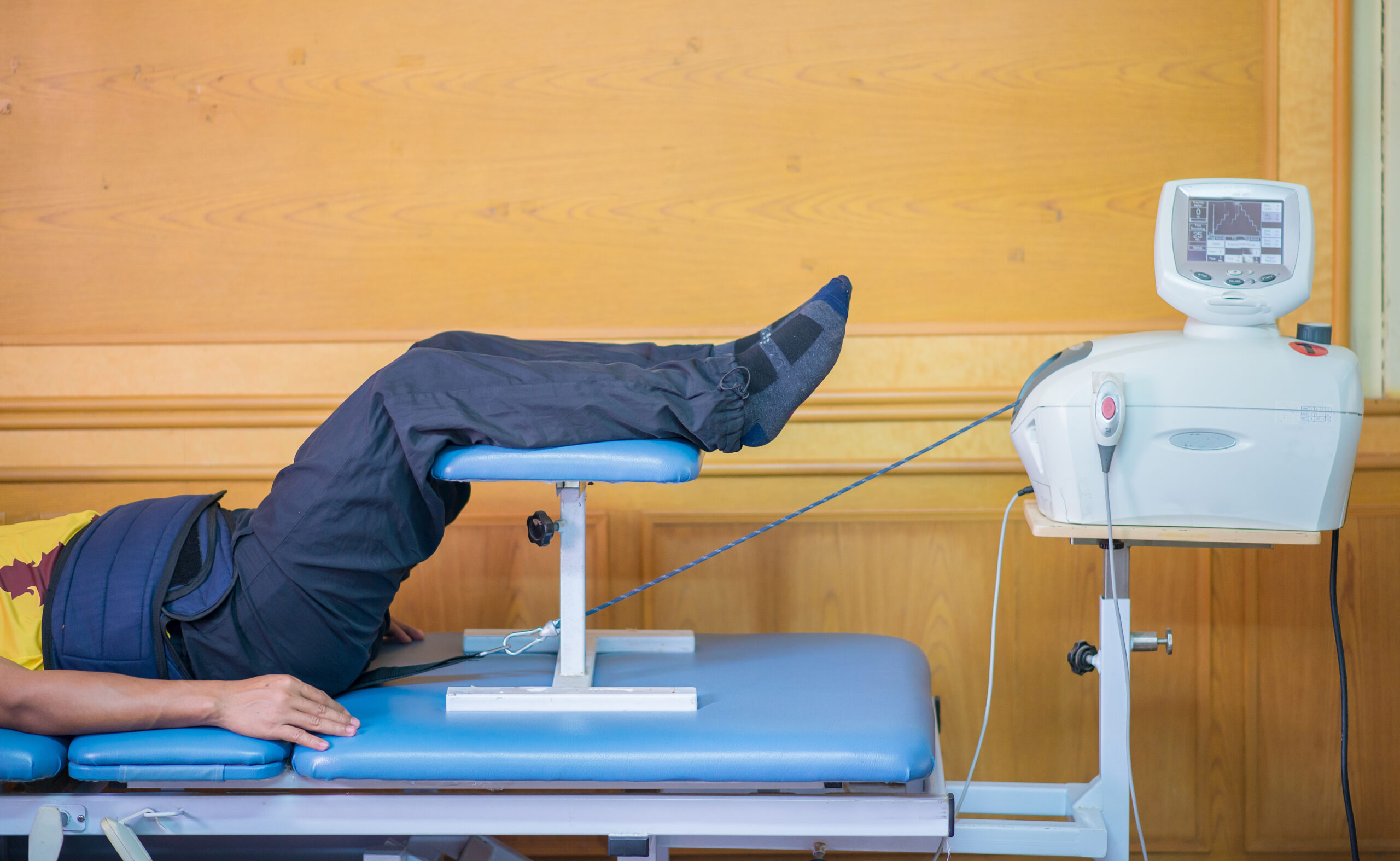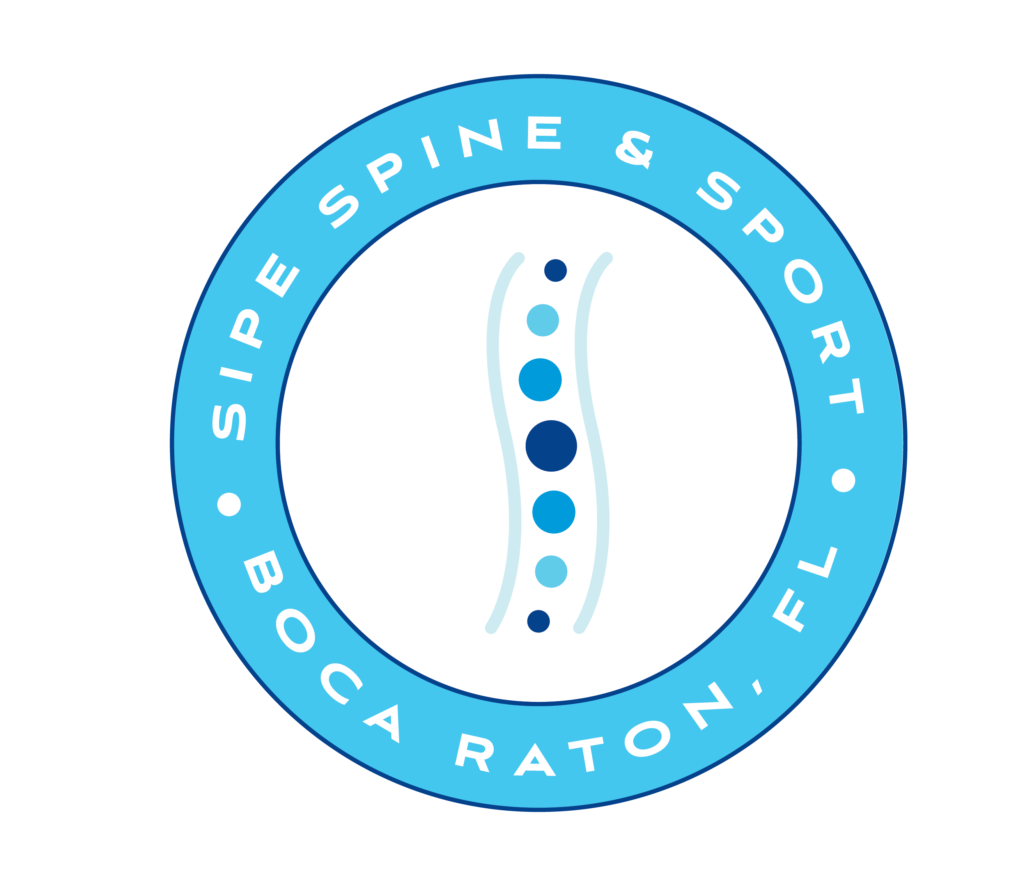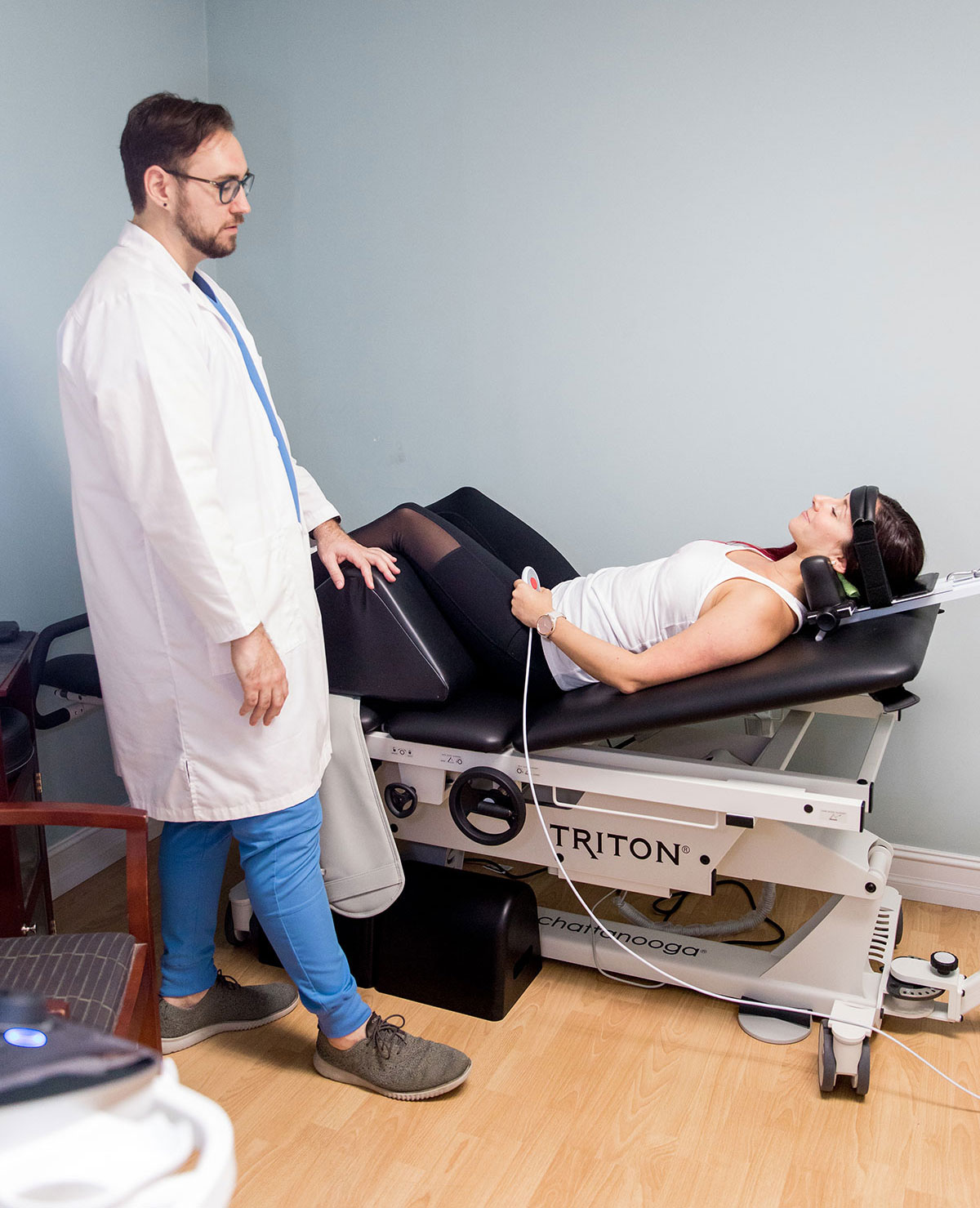
Non-Surgical Spinal Decompression
Non-Surgical Spinal Decompression
Experience Relief: Non-Surgical Spinal Decompression for Lasting Back Pain Relief
Benefits of Non-Surgical Spinal Decompression
Non-Invasive Procedure
Non-surgical spinal decompression offers a therapeutic approach that doesn't involve any incisions or surgical interventions.
It’s a gentle and safe method that uses controlled mechanical traction to relieve back pain.
No Downtime or Recovery Period
One of the significant advantages of non-surgical spinal decompression is the minimal to no downtime.
Unlike surgical procedures, which can require weeks or even months of recovery, this treatment allows individuals to continue with their regular routines without interruption.
Clinically Proven to Reduce Back Pain
Numerous studies and clinical trials have shown the efficacy of non-surgical spinal decompression in alleviating back pain.
By creating a negative intradiscal pressure, it promotes the retraction of herniated or bulging discs, providing instant relief from pain and promoting the flow of healing nutrients to the affected area.

Cost-Effective Compared to Surgical Options
Surgical interventions can be expensive, considering the costs of the surgery itself, hospital stays, post-operative care, and potential physical therapy.
Non-surgical spinal decompression, on the other hand, offers a more affordable alternative.
With multiple sessions providing cumulative benefits, patients often find it a cost-effective solution to their back pain.

Suitable for Various Spinal Conditions
Non-surgical spinal decompression is versatile and can treat a range of spinal conditions.
Whether it’s a herniated disc, sciatica, degenerative disc disease, or spinal stenosis, this therapy can offer relief.
It’s a holistic approach that aims to address the root cause of the pain rather than just managing the symptoms.
Research & Scientific Data
- Restoration of Disk Height Through Non-Surgical Spinal Decompression is Associated with Decreased Discogenic Low Back Pain: A Retrospective Cohort Study
- Abstract: This study aimed to determine if changes in low back pain, measured on a verbal rating scale before and after a 6-week treatment period with non-surgical spinal decompression, correlate with changes in lumbar disc height, as measured on computed tomography (CT) scans. The results indicated that non-surgical spinal decompression was associated with a reduction in pain and an increase in disc height.
- Effects of non-surgical decompression therapy in addition to routine physical therapy on pain, range of motion, endurance, functional disability and quality of life versus routine physical therapy alone in patients with lumbar radiculopathy; a randomized controlled trial
- Abstract: Lumbar radiculopathy is a common complaint reported by patients with low back pain, resulting in several impairments. This study aimed to determine the effects of non-surgical spinal decompression (NSD) therapy in addition to routine physical therapy on pain, lumbar range of motion, functional disability, back muscle endurance, and quality of life in patients with lumbar radiculopathy. The results concluded that a combination of non-surgical spinal decompression therapy and routine physical therapy is more effective than routine physical therapy alone in improving pain, lumbar range of motion, functional disability, back muscle endurance, and quality of life in patients with lumbar radiculopathy.
- Follow-Up Magnetic Resonance Imaging Study of Non-surgical Spinal Decompression Therapy for Acute Herniated Intervertebral Disc: A Prospective, Randomized, Controlled Study
- Abstract: This study aimed to evaluate the effectiveness of non-surgical spinal decompression therapy in acute lumbosacral herniated intervertebral disc through magnetic resonance imaging. The results showed that non-surgical spinal decompression therapy can be a good treatment option for conservative treatment of acute lumbosacral herniated intervertebral disc.

Frequently Asked Questions
Each session typically lasts between 30 to 45 minutes.
Most patients find the procedure comfortable and experience relief during and after the session.
The number of sessions varies based on individual needs and the severity of the condition. On average, patients undergo 20 to 28 sessions over 5 to 7 weeks.
Non-surgical spinal decompression is generally safe. Some patients might experience mild soreness similar to what one feels after a workout, but this usually subsides quickly.
While it’s beneficial for many, it’s not suitable for everyone. Patients with certain conditions like tumors, fractures, advanced osteoporosis, or metal implants in the spine might not be candidates. Always consult with a healthcare professional.
Treatment costs will vary based upon the number of sessions required. Our staff will discuss the total expected cost with you on your first visit without any obligations.
Major medical insurance companies do not cover non-surgical spinal decompression.
Why choose Us

At Sipe Spine and Sport, we're more than just a treatment center; we're your partners in health. With years of expertise in non-surgical spinal decompression, we are committed to providing individualized care that addresses the root cause of your pain.
We utilize state-of-the-art equipment and evidence-based practices to ensure you receive the highest standard of care. Our patient-centric approach, combined with our track record of success, makes us the preferred choice for those seeking lasting relief without surgery.
Experience the difference with us and embark on a journey to a pain-free life.
DISCOVER RELIEF
Experience the transformative power of non-surgical spinal decompression. Dive deeper into how this treatment can change YOUR life.
BEGIN YOUR JOURNEY TO A PAIN-FREE LIFE
Why wait any longer? Schedule your consultation today and take the first step towards lasting back pain relief.


